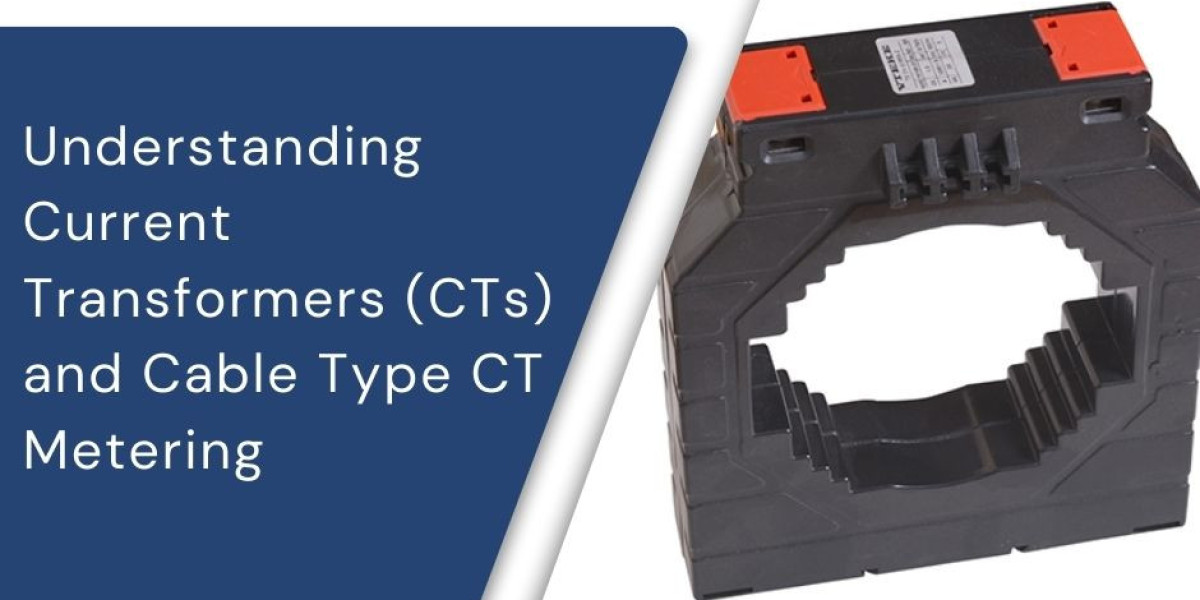Introduction:
Current Transformers (CTs) play a crucial role in the field of electrical engineering and power systems. They are instrumental in measuring and monitoring electrical currents in various applications, providing essential data for accurate metering and protection. In this article, we will delve into the intricacies of current transformers, with a focus on cable-type current transformers and their role in metering applications.
Purpose of Current Transformers:
Current transformers are devices designed to transform high currents in power systems into standardized, measurable currents suitable for instruments and relays. Their primary purpose is to ensure safe and accurate monitoring of current flow without directly exposing measuring instruments to high voltage.
Structure and Working Principle:
Current transformers typically consist of a primary winding, which is connected in series with the power circuit, and a secondary winding connected to the measuring or protection devices. The ratio of turns between the primary and secondary windings determines the transformation ratio.
The working principle is based on Faraday's law of electromagnetic induction. When current flows through the primary winding, it induces a proportional current in the secondary winding, maintaining the same waveform but scaled down.
Types of Current Transformers:
Wound CTs: These have a wound primary and secondary winding around a magnetic core. They are commonly used for low and medium voltage applications.
Bar-type CTs: Ideal for higher voltage systems, these have a bar-shaped core with primary winding passing through the core.
Cable-type CTs: Specifically designed to encircle a cable, these CTs are particularly useful in retrofitting existing systems without the need for cutting or disconnecting the cables.
Cable Type Current Transformers:
Cable-type CTs are particularly advantageous in situations where it is impractical to interrupt the power supply for installation. These transformers have a split-core design, allowing them to be easily clamped around existing cables. This design facilitates retrofitting and makes them suitable for various applications, including load monitoring and energy management.
CT Metering Applications:
Power Quality Monitoring: CTs are crucial for assessing the quality of power, helping to identify issues such as harmonics, voltage sags, and spikes.
Load Monitoring: They enable precise measurement of current flow, aiding in load management and preventing overloading of electrical systems.
Energy Management: CT metering is essential for tracking energy consumption, allowing businesses and industries to optimize their energy usage and reduce costs.
Installation and Maintenance:
Proper installation is critical for the accurate functioning of CTs. Regular maintenance checks, including testing for accuracy and inspecting for any physical damage, ensure reliable performance over time.
Conclusion:
Current Transformers, especially cable-type CTs, are indispensable components in modern power systems, providing accurate current measurements for metering and protection purposes. Understanding their principles, types, and applications is essential for electrical engineers and professionals working in the field of power distribution and management. As technology continues to advance, the role of CTs will likely evolve, contributing to more efficient and sustainable electrical systems.








